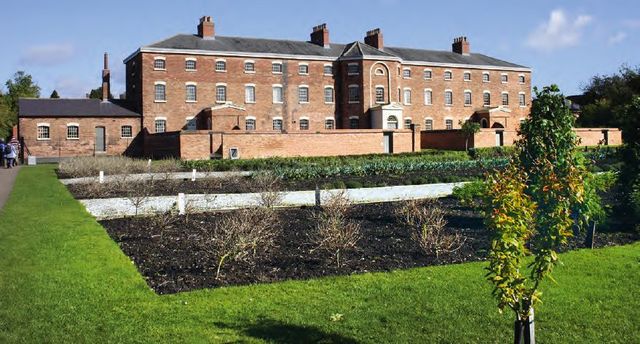
Pause and Smell the Apples
No, you probably wouldn’t make Southwell, Nottinghamshire, a destination in its own right. On the way north to York or Lincoln, or south toward London, however, the historic small market town with its own cathedral makes a wonderful slice-of-life interlude.
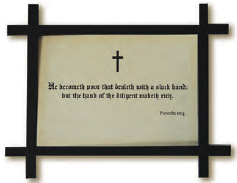
Its chief claim to fame is Southwell Minster, the seat of the Bishop of Southwell and Nottingham. Unusually, the Norman minster is not only a cathedral, but the parish church as well. Traditionally, its cathedral gave Southwell status as a city, but the honor has never been recognized, and the modest town has never made claim.
GETTING TO SOUTHWELL
THE MOST DIRECT ROUTE TO SOUTHWELL from London and vicinity is also the most historic. The A1 leads north from London and the M25 following the old Great North Road, for centuries the principal route between London and Edinburgh. Today, it’s a busy divided highway. You might break the drive of several hours with a detour into either Stamford or Grantham, both pretty, historic market towns with old coaching inns and lots of character.
Accommodation in Southwell is limited, and introduced with all the community’s amenities on the town’s website at visitsouthwell.com. There are many options available in nearby Newark.
AN EASY DAY IN SOUTHWELL
THE PLACE TO BEGIN is Southwell’s collegiate church and cathedral. Robin Hood and his followers would have known Southwell Minster in the 12th century. The Romanesque, Gothic and Early English cathedral was begun in 1108, the Normans rebuilding on the site of Anglo-Saxon churches dating back to 627. Unusually, the cathedral has three towers and two spires. One noted building highlight is the 13th-century octagonal Chapter House—possessing the largest such having a stone vaulted ceiling. Since World War I, there has been an Airmen’s Chapel honoring the fallen of the RAF, its altar crafted from broken propeller blades recovered from French battlefields. Visit as well the ruins of the Archbishop’s Palace and its gardens, once inhabited by the doomed Cardinal Wolsey.
[caption id="Southwell_img3" align="alignleft" width="308"]
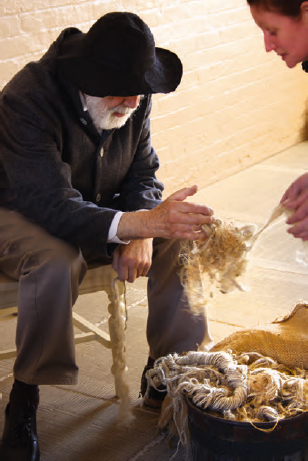
DANA HUNTLEY
Southwell’s compact town center is easy to explore, with the Tourist Information Centre right at the Minster Center on Church Street. Boutiques, galleries and shops mingle with restaurants, pubs and tearooms along flower-decked King Street and Queen Street. Both the TIC and website offer trail maps for half a dozen heritage walking trails in and around the town center.
Just on the edge of town, Southwell Workhouse was one of the earliest Union workhouses, founded in 1824. It introduced a landmark change in how English society provided for its poorest and indigent. The complex’s spartan design and stern regimen became a model for Victorian workhouses all over the country (every 50 parishes would have supported one). Maintained today by the National Trust, the workhouse is the most complete still in existence. Reenactors on site give personal voices to the way of life in the Victorian workhouse. A visit provides a fascinating glimpse into society past and the regimented, but safe, world the workhouse provided.
The Saracen’s Head Hotel in the heart of town across from the minster has been welcoming guests and locals since 1463. Most famously, King Charles I had his last night of freedom here before surrendering to the Scots in May 1646. You can stay in the room where the unhappy King spent the night (or ask politely to see it).
[caption id="Southwell_img4" align="alignright" width="307"]
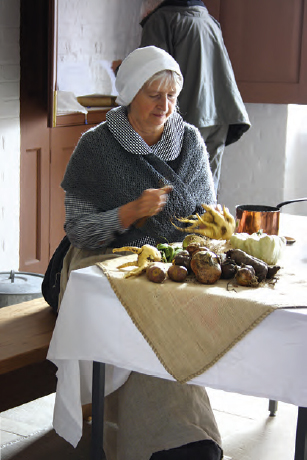
DANA HUNTLEY
Although the Bramley apple is not a variety seen in America, it is overwhelmingly Britain’s favorite cooking apple. The tart apple variety was first cultivated in Southwell in 1809—a matter of no small civic pride. The original tree still stands in the back garden of Bramley Tree Cottage on Church Street. Even the local newspaper is named The Bramley. Stop by The Bramley Apple Inn and the affable folk will tell you the story. The genuinely top-rate pub food makes the inn a great stop for lunch, too.
At the end of a quiet afternoon, you might return to Southwell Minster to hear their acclaimed cathedral choir at Choral Evensong, 5:45 p.m. most days.
[caption id="Southwell_img5" align="alignleft" width="308"]
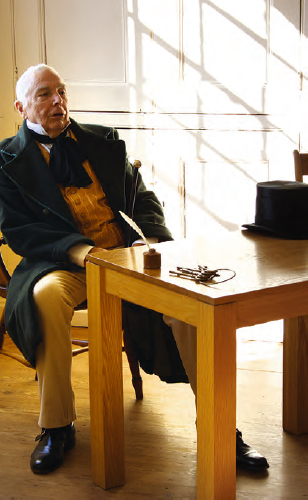
DANA HUNTLEY
IN THE NEIGHBORHOOD
JUST AT THE A1, Newarkon-Trent’s location on the commercial River Trent and the Great North Road has given Newark a front-row seat to history more than once. Most famously, however, Newark Castle was a strategic prize in the English Civil War, surviving three sieges. Newark’s National Civil War Centre is the only museum in England devoted to the bloody 17th-century conflict.
Not far to the west, visit the remnants of Sherwood Forest and the Major Oak, or Lord Byron’s ancestral home, Newstead Abbey, near Mansfield.





Comments